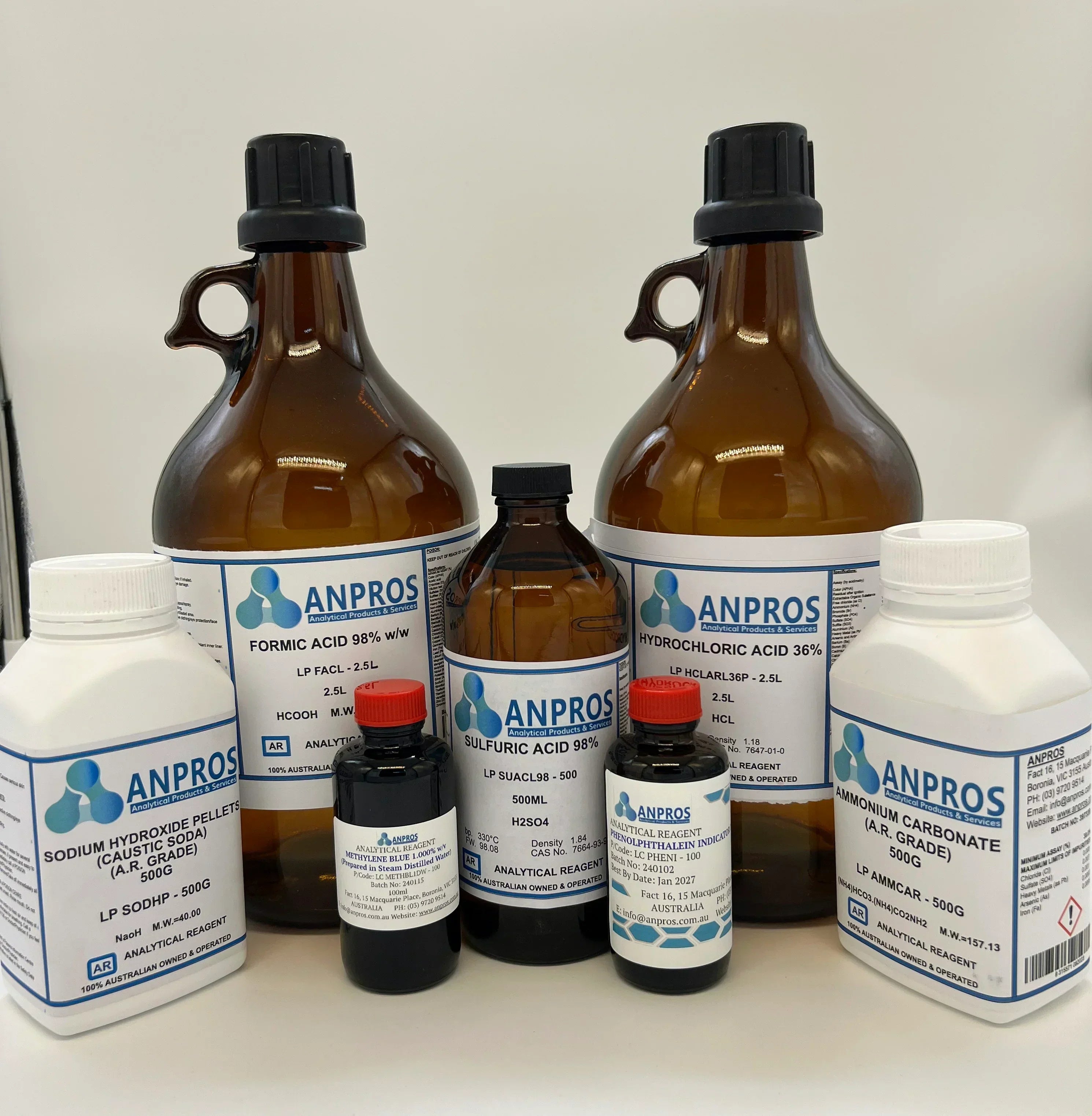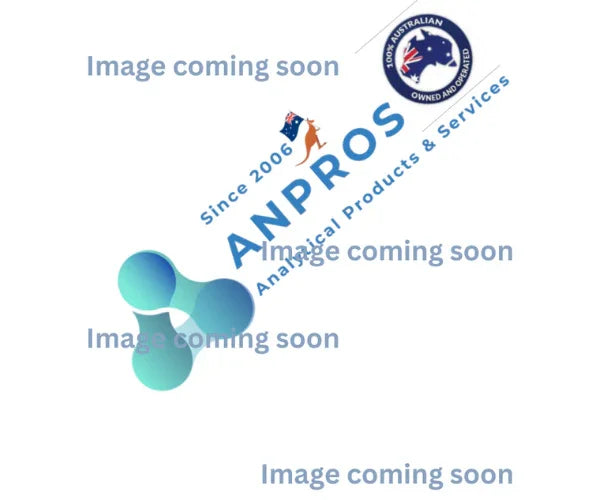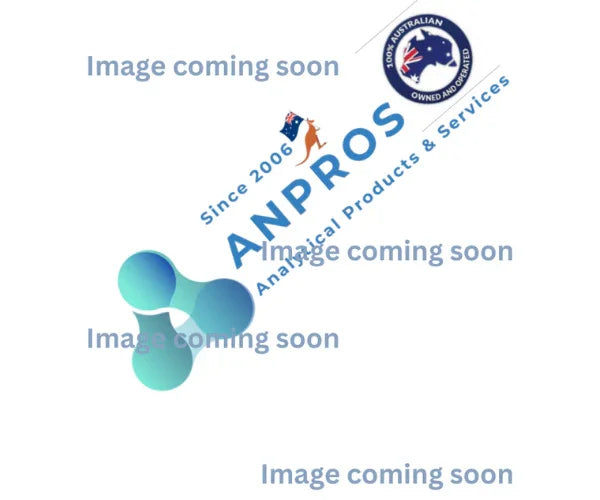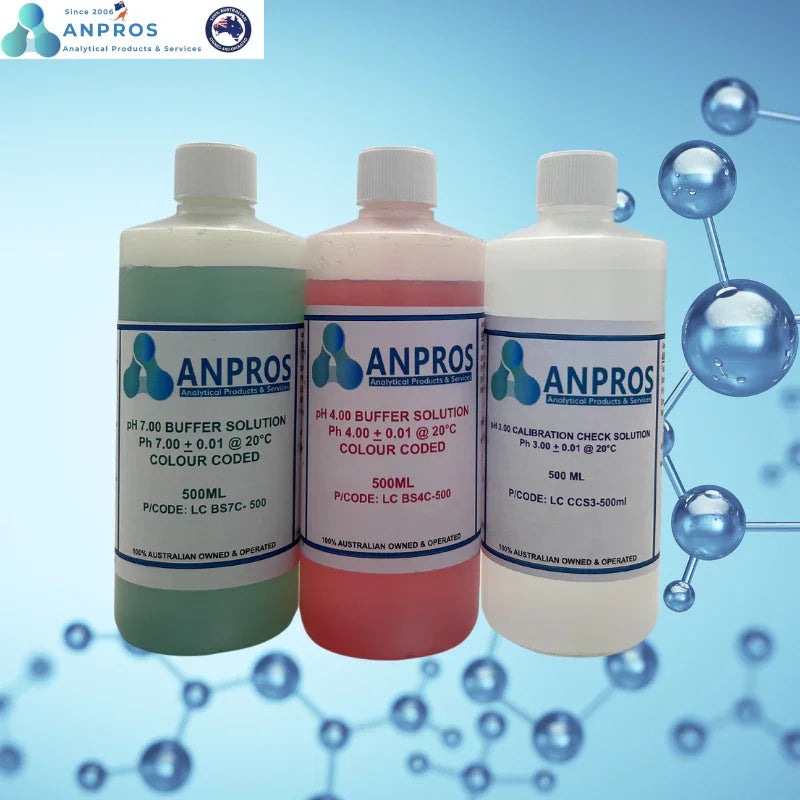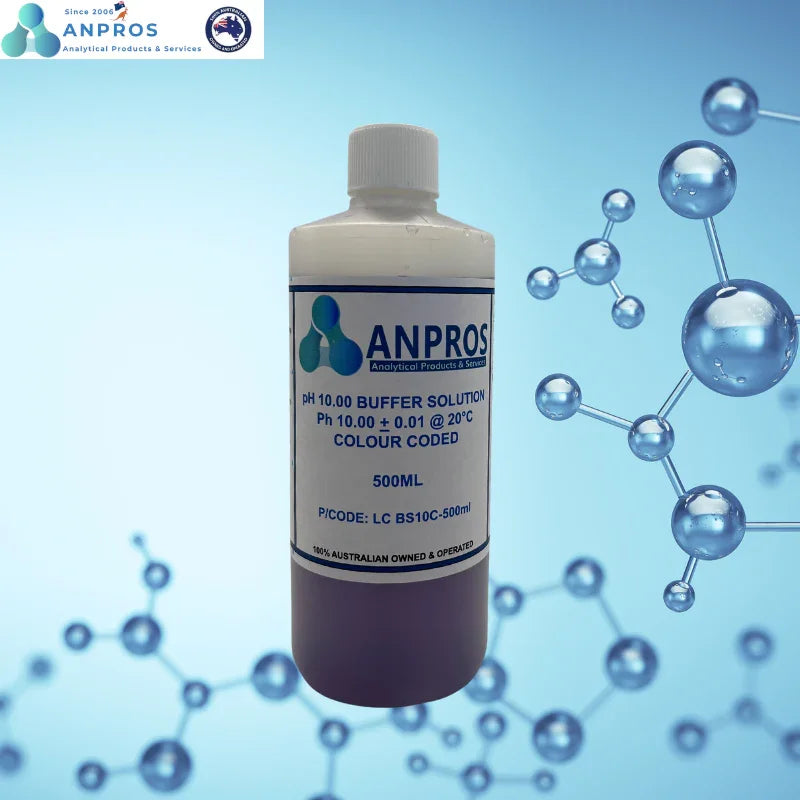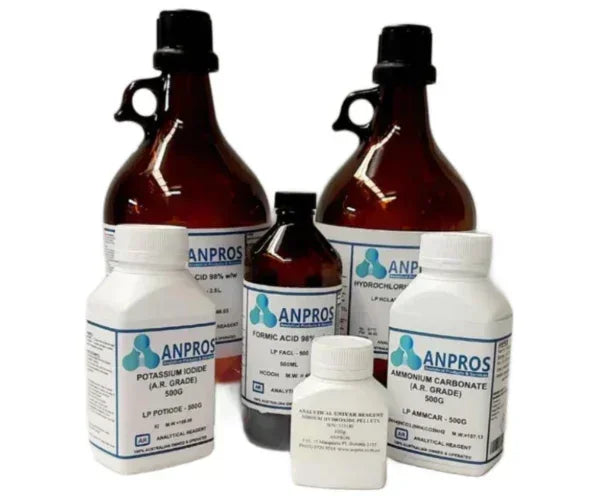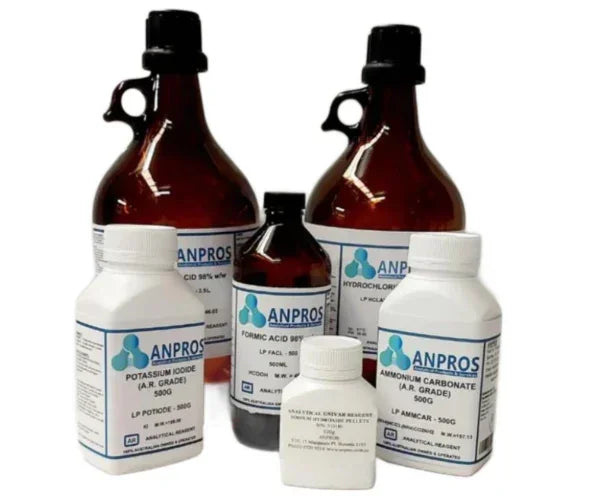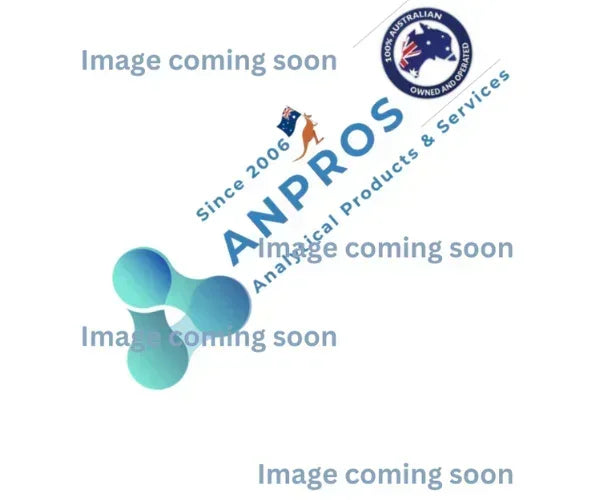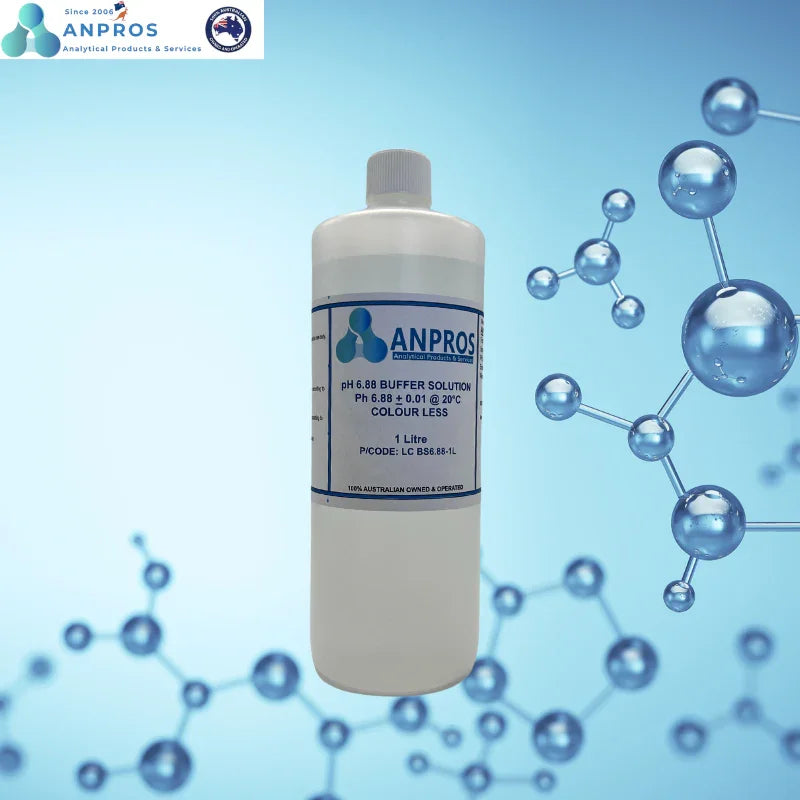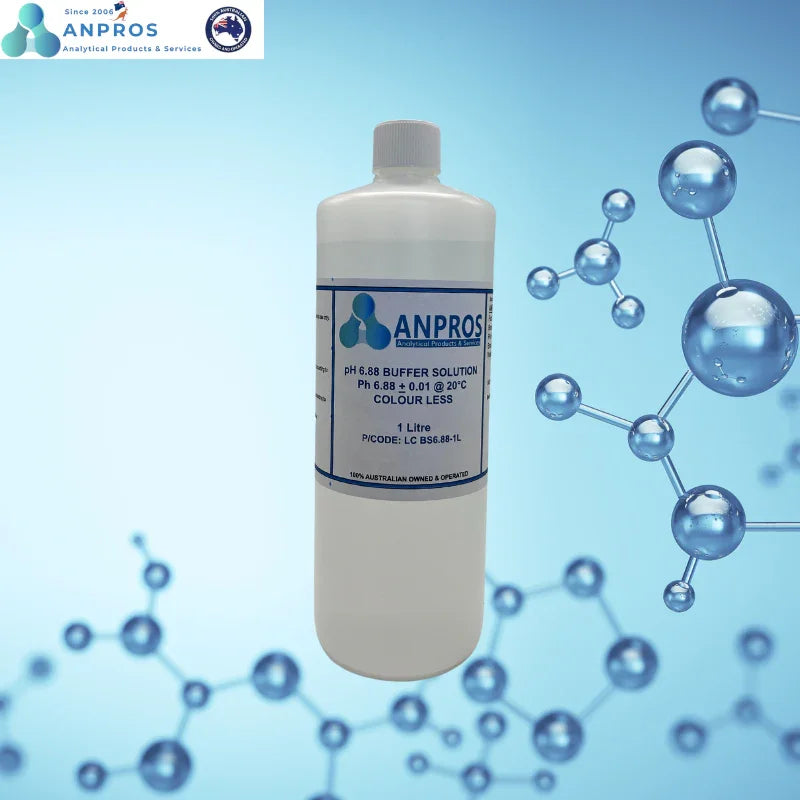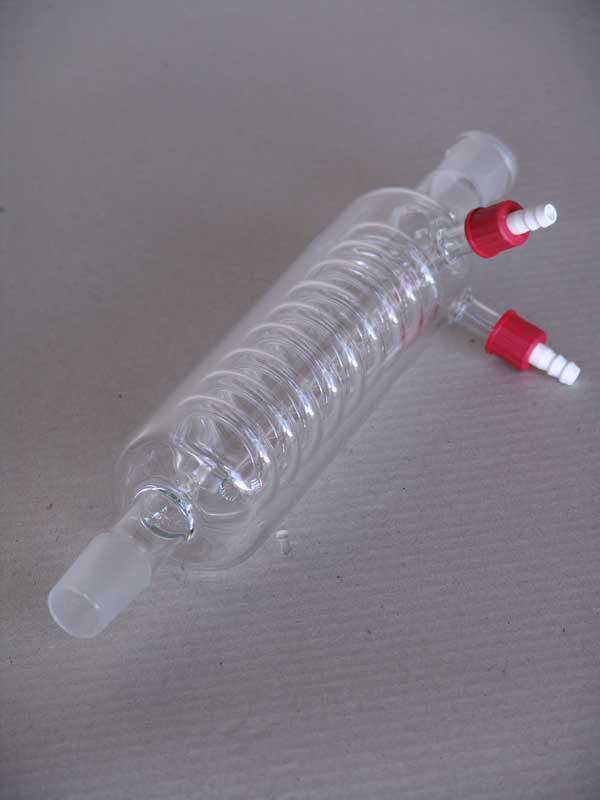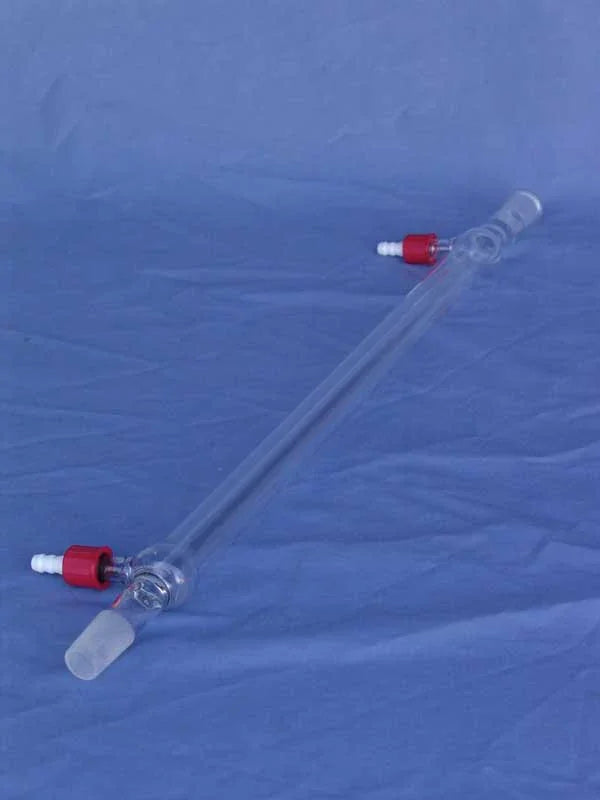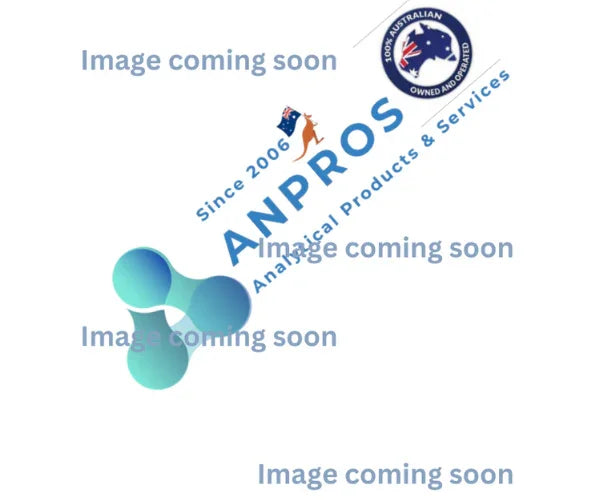
Can You Drink Distilled Water?

Exploring the Myths and Realities Surrounding Distilled Water Consumption
In today’s health-conscious world, there is a myriad of information available about what to eat, what to drink, and how to stay hydrated. One question that often arises is whether it’s safe to drink distilled water. In this article, we will delve deep into the topic and uncover the truth behind the myths and realities of consuming distilled water. Some people believe that distilled water is the purest water you can drink, while others claim that it can leach minerals from your body. In reality, neither of these claims is entirely true. Distilled water is safe to drink, but it is important to get your minerals from other sources, such as food and beverages.
Understanding Distilled Water: What Is It?
Distilled water is water that has undergone a process of distillation, where it is boiled, and the steam is then cooled and condensed back into liquid form. This process removes impurities, minerals, and contaminants, leaving behind pure H2O
The Purity Debate: Is Distilled Water Safe to Drink?
Frequently Asked Question
No, an Elevated Work Platform (EWP) is not the same as a scissor lift. While they both serve the purpose of providing a safe and elevated working platform for various tasks, they have distinct differences in their design, functionality, and applications.
Yes, in many jurisdictions, you typically need a license or certification to operate a scissor lift legally. The requirements can vary based on the country, state, or region where the scissor lift operation takes place. Here are some essential points to consider:
Elevated Work Platform (EWP) training is a specialized educational program designed to equip individuals with the knowledge and skills required to safely and proficiently operate various types of elevated work platforms. These training courses are crucial for individuals who work in industries such as construction, maintenance, and logistics, where the use of EWPs is common.
To obtain a White Card in Melbourne, you need to complete a construction induction training course that is accredited by WorkSafe Victoria. The White Card, also known as the Construction Induction Card or the General Construction Induction Card, is mandatory for individuals who wish to work in the construction industry in Australia.
No, the White Card training is not typically considered difficult. The course is designed to provide essential knowledge and skills related to workplace health and safety in the construction industry. It aims to ensure that workers are aware of potential hazards and can maintain a safe working environment.
At present, individuals can pursue a nationally-recognized online course to obtain their White Card in Queensland and Western Australia. However, it is important to note that online White Card training is not available in NSW, VIC, Northern Territory, or South Australia. As of now, NSW does not permit online white card training.
If you lose your White Card, don't worry; there are steps you can take to replace it. Follow these simple procedures to get a new White Card:
• Contact the Original Issuer:Reach out to the Registered Training Organization (RTO) or provider that issued your original White Card. Provide them with your details and inform them about the loss.
• Request a Replacement:
Request a replacement White Card from the RTO. They will guide you through the necessary steps and requirements for obtaining a new card.
• Pay Any Applicable Fees:
Some RTOs may charge a fee for issuing a replacement White Card. Make sure to inquire about the cost during your communication with the RTO.
• Update Your Details:
If any personal information has changed since you obtained the original White Card, such as your name or address, inform the RTO, and ensure your new card reflects the updated details.
• Temporary Proof of Certification:
While waiting for the replacement White Card, you may request a letter or certificate from the RTO as temporary proof of your certification. This can be useful if you need to provide evidence of your qualification in the interim.
• Retake the Training (If Necessary):
In some cases, if you have lost your White Card and your records cannot be verified, you may need to retake the construction induction training course to obtain a new card.
Completing a traffic control course offers several valuable benefits for individuals working in road construction, traffic management, and related fields. Here are some key advantages of undertaking a traffic control course: • Enhanced Safety: Traffic control courses focus on teaching essential safety protocols and best practices for managing traffic flow in construction zones. By acquiring these skills, participants can contribute to creating safer work environments and reducing the risk of accidents. • Legal Compliance: Many regions require traffic controllers and flaggers to undergo certified training to meet regulatory standards. Completing a traffic control course ensures compliance with legal requirements, helping individuals avoid penalties and work-related legal issues. • Improved Job Prospects: Having a traffic control certification enhances your employability in various industries. Employers often prioritize candidates with proper training, as it demonstrates their dedication to safety and professionalism. • Versatile Skills: Traffic control courses equip participants with a range of versatile skills applicable in diverse work settings. These skills include traffic management planning, signaling, hazard identification, and communication techniques. • Career Advancement: For those already employed in the construction or traffic management sector, completing a traffic control course can lead to career advancement opportunities. It showcases a commitment to personal and professional development, making individuals more eligible for promotions or leadership roles. • Reduced Liabilities: Properly trained traffic controllers are better equipped to handle unexpected situations, minimizing the risk of accidents and potential legal liabilities for employers. • Confidence and Efficiency: Through practical training and real-world simulations, traffic control courses instill confidence in participants. This confidence translates into more efficient traffic control, benefiting both workers and road users. • Standardized Practices: Traffic control courses follow standardized practices, ensuring that all participants learn consistent and up-to-date traffic management techniques. • Public Service Contribution: Traffic controllers play a vital role in facilitating smooth traffic flow, especially during roadworks and emergencies. Completing a traffic control course allows individuals to actively contribute to the community's safety and well-being. • Networking Opportunities: Participating in a traffic control course allows individuals to connect with industry professionals, trainers, and peers. These networking opportunities may lead to valuable contacts and potential job referrals.
CPCWHS1001 refers to the course code for the unit of competency titled "Prepare to work safely in the construction industry." This certification is also commonly known as the White Card in Australia. CPCWHS1001 is a mandatory training requirement for individuals working in the construction industry across the country, including Melbourne.
18 Years Old. The minimum age requirements to obtain a forklift license may vary depending on the country or region where you are seeking certification. In many places, including Australia and the United States, the minimum age to apply for a forklift license is generally 18 years old.
To apply for a forklift license, follow these steps:
• Find Accredited Training Providers: Look for registered and accredited training providers in your area that offer forklift training courses. Check with government websites or industry associations to find reputable options.
• Enroll in the Training Course: Once you've identified a suitable training provider, enroll in their forklift training course. The course will cover essential topics, such as forklift operation, safety procedures, and regulations.
• Complete the Training: Attend all training sessions and actively participate in practical exercises. The training will equip you with the necessary skills and knowledge required to operate a forklift safely.
• Pass the Assessment: Successfully complete the assessment at the end of the training to demonstrate your competency in operating a forklift.
• Obtain Your Forklift License: After passing the assessment, the training provider will issue you a forklift license or certification, indicating that you are qualified to operate a forklift.
• Practical Experience (Optional): Some regions may require a certain number of hours of practical experience operating a forklift before granting the license. Ensure you fulfill any additional requirements.
• By completing a forklift training course and obtaining a forklift license, you demonstrate your commitment to workplace safety and legal compliance. Always verify the legitimacy of the training provider and the accreditation of the course to ensure the validity of your forklift license.










